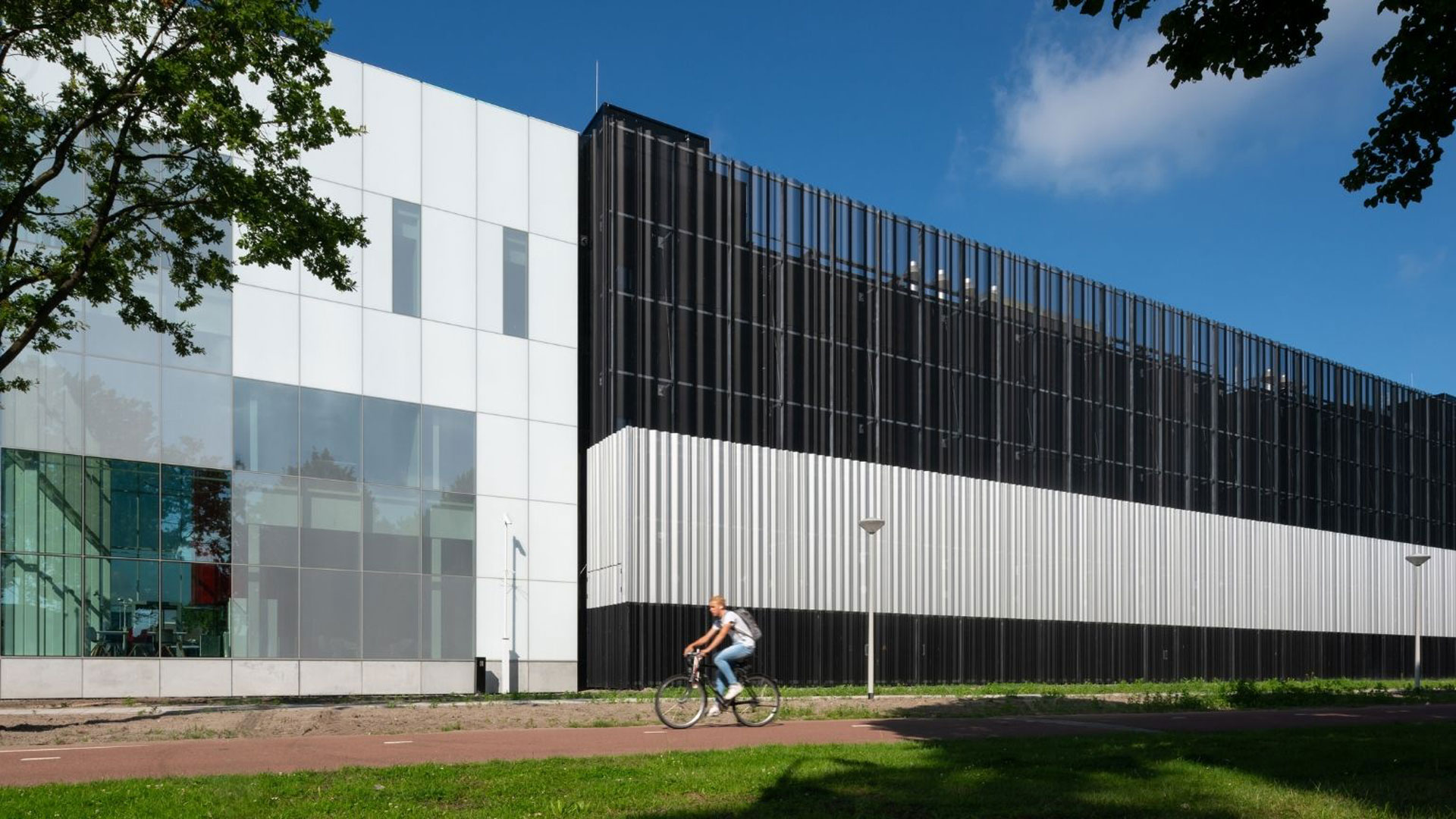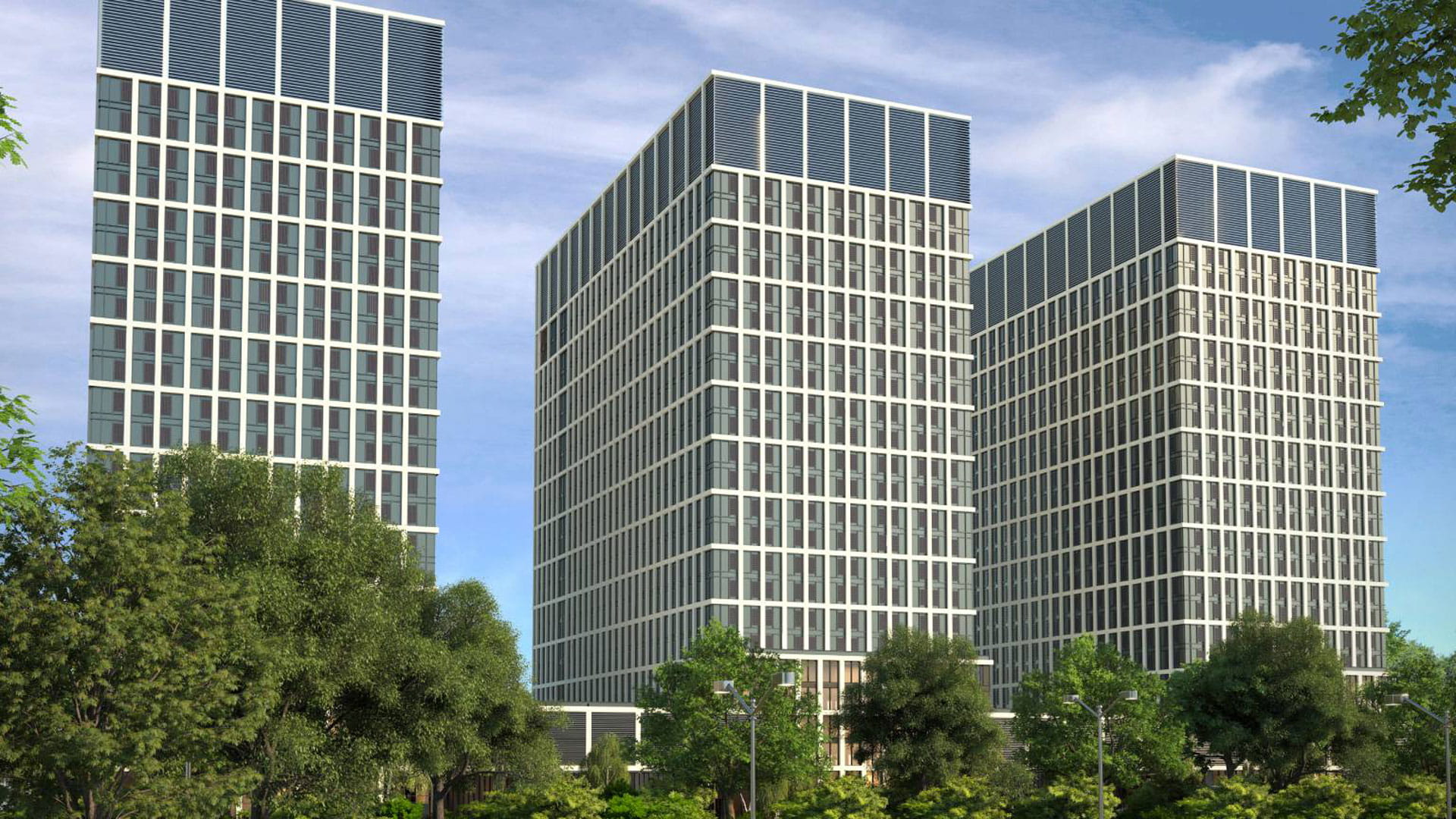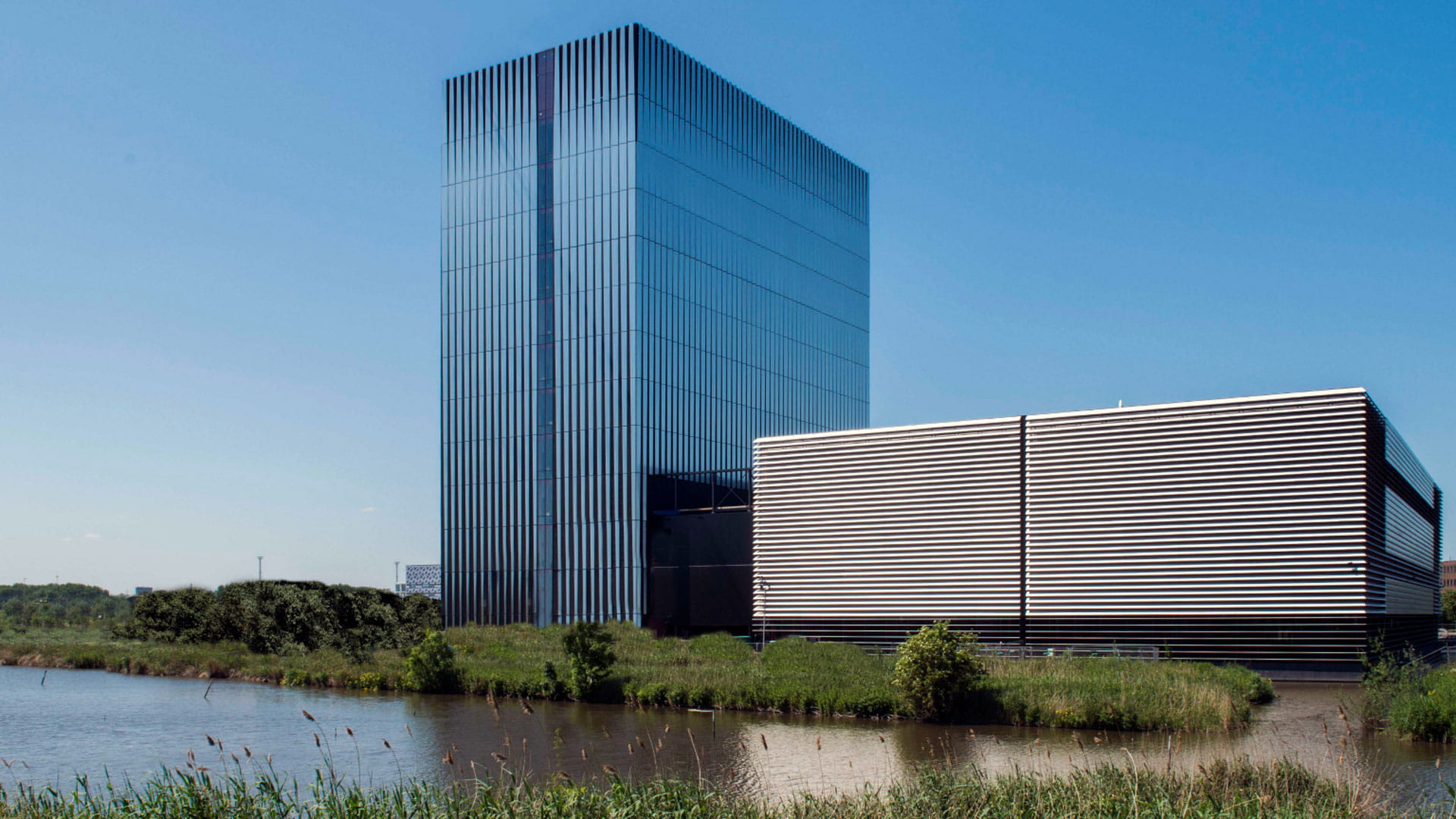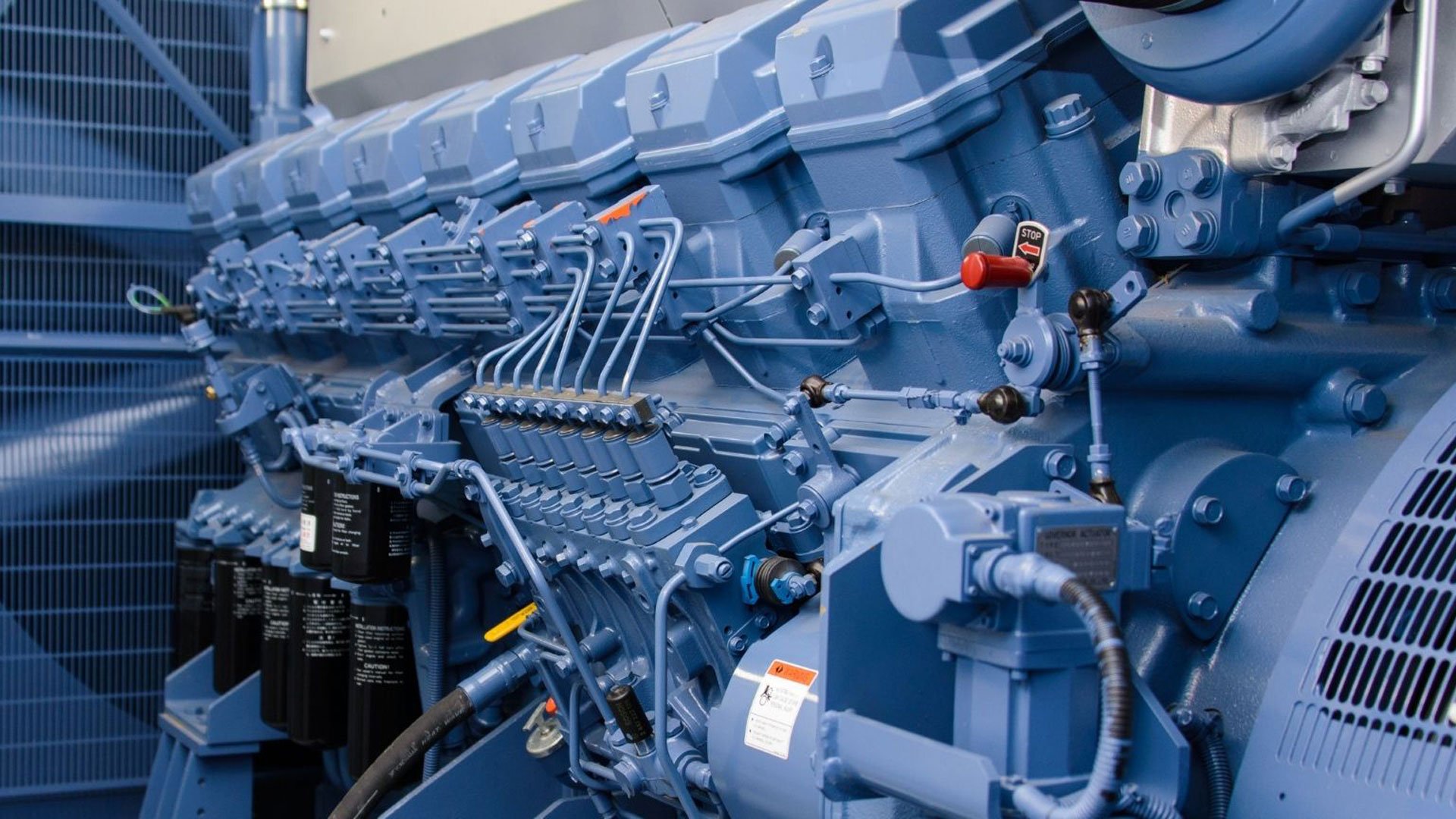Dutch data centres in the era of digitalisation and compliance

Dutch data centres
Amsterdam, being at the forefront of digital connectivity, was the first to gain access to the equivalent of the Internet outside of the US, thus pioneering Internet access in Europe. This pioneering mentality remained when data centres began to enter the Netherlands in the late 1990s and early 2000s. During this period, the growing demand for data storage and processing capabilities attracted international data centre operators and companies to establish their presence in the Netherlands.The strategic location, reliable power grid, robust digital infrastructure, and supportive business environment made the Netherlands attractive for data centre investments. Amsterdam, in particular, emerged as a leading data centre hub during this time, leveraging its connectivity, network infrastructure, and favourable business climate to attract data centre operators.
Over the years, the data centre industry in the Netherlands has continued to grow significantly. The country's central position within Europe, excellent connectivity, and stable business environment have contributed to its status as a key player in the global data centre market. Today, the Netherlands is home to numerous data centres operated by both domestic and international companies, serving as vital infrastructure for digital services and cloud computing.
The main data centre challenges in the Netherlands
Adapting existing data centres
Over the years, data centres have experienced significant growth. What was once considered a massive 2 MW IT load twenty years ago is now overshadowed by campuses capable of handling over 60 MW to 100 MW at a single site. This expansion poses several challenges for the existing data centre sites, with adaptability being the primary concern for both the building and its infrastructure.
Over time, many data centre sites were developed to accommodate IT loads prevalent during construction. However, as IT infrastructure advanced, the space required to handle the same IT load decreased. The question thus arises: are existing brownfield sites facing obsoletion challenges and how to ensure the sites remain prepared for future demands and advancements?
It all starts with capacity, density and logistics assessment. Assessing the current and future IT load requirements forms the foundation of your decision-making process. Understanding the necessary flexibility for your facility is crucial to adapt your building. The assessment includes evaluating powering and cooling needs, white space demands, targeted efficiency, service needs and overall infrastructure capacity.
Once the capacity demands are determined, facility upgrades or space optimisations can be proposed. Whether your goal is to enhance the power and infrastructure to accommodate higher IT loads or repurpose the underutilised space within the data centre, appropriate plans can be developed.
Adapting existing data centres to meet the demands of modern IT loads requires careful planning, investment, and expertise. Working with experienced professionals who can assess the specific needs of your facility, evaluate the feasibility of the project and develop a comprehensive strategy for optimisation and growth is essential. Contact us today to inquire about the options for your facility.
Complying with regulations
Regulatory compliance is a critical aspect of operating data centres in the Netherlands. In addition to European upcoming regulations like the Corporate Sustainability Reporting Directive (CSRD) and enhanced Energy Efficiency Directive (EED), there are a set of specific regulations in the Netherlands that data centres need to comply with, which sometimes differ per city. For example, Amsterdam has its own data centre zoning plan and Haarlemmermeer has an umbrella policy for data centres.Data centres in the Netherlands must also adhere to changing regulations such as the Environmental Act (Omgevingswet) and the Recognised List of Measures (Erkende Maatregelenlijst). Let's explore how these Dutch regulations impact data centres in the Netherlands:
1. Environmental Act (Omgevingswet)
The Environmental Act, or Omgevingswet, is a comprehensive framework that consolidates and simplifies environmental regulations in the Netherlands. For data centres, the Omgevingswet encompasses various environmental aspects, such as noise control, air quality, and spatial planning.
Data centres need to comply with zoning regulations, assess the environmental impact of their operations, and obtain necessary permits under the Omgevingswet. Regulations that are relevant for data centres in the Environmental Act are the discharge of water, saving energy, large-scale energy generation and cooling installations with carbon dioxide, hydrocarbons or ammonia.
Starting from January 1st, 2024, when the Environmental Act becomes active, data centres will be required to inform or conduct research on energy-saving measures in order to comply.
2. Recognised List of Measures (Erkende Maatregelenlijst)
The Recognised List of Measures, is a government-issued list that outlines energy-saving measures for various sectors, including data centres. Publicated on June 8, 2023, the adapted list of recognised measures encourages energy efficiency and guides organisations in implementing cost-effective measures to reduce energy consumption and greenhouse gas emissions.
Data centre operators are required to consult the Erkende Maatregelenlijst and implement the recognised energy-saving measures applicable to their facilities. These measures may include optimising cooling systems, upgrading lighting systems, and implementing advanced power management strategies. Compliance with the Erkende Maatregelenlijst demonstrates a commitment to energy efficiency and helps data centres reduce their environmental footprint.
It is crucial for data centre organisations to stay updated on regulatory changes, consult with legal and environmental experts, and implement the necessary measures to maintain compliance with the CSRD, EED, Omgevingswet and Erkende Maatregelenlijst. By doing so, data centres can demonstrate their commitment to sustainable operations, mitigate environmental impact, and contribute to the overall sustainability objectives of the Netherlands.
Want to stay updated on the regulatory changes and how this affects your company? Contact us and check what we can do for you.
In conclusion, the challenges faced by data centres in the Netherlands, including adapting to modern IT loads and complying with evolving regulations, necessitate strategic planning and innovative solutions. Capacity assessments and facility upgrades are vital to ensure future-proofing while staying updated on regulatory changes is crucial for sustainable operations. If you require assistance with your data centre challenges in the Netherlands, our experienced professionals are ready to provide the support needed to optimise and secure the success of your data centre operations in this thriving hub. Contact us today to learn more.





